TOPCon cells pare loss while wafer prices drop on inventory pile-up
Polysilicon
With manufacturers still delivering previous orders, polysilicon prices were flat in mid-March, mostly sitting at RMB 64-69/kg. Buyers need to use polysilicon of varying purity. Still, there were some order inquiries, but negotiations were in standstill as both buyers and sellers remained cautious towards prices.
Given the rising wafer inventory level, future adjustments of ingot manufacturers’ utilization rates, and price-talk deadlock, whether trading prices have declined will not be determinable until late March.
Polysilicon inventory experienced a month-on-month increase. A more pronounced inventory problem will gradually emerge in the second quarter.
Wafer
Wafer inventory kept increasing to 3.3-3.5 billion pieces this week, with n-type 182mm wafers accounting for the majority. Sales pressure amounts due to the persistently high production plans and continuous inventory accumulation, resulting in rapid wafer price drops. While some manufacturers were still delivering previous orders, average prices had declined and may continue falling next week.
Trading prices dropped this week to RMB 2/piece, RMB 2.68-2.7/piece for p-type M10, G12 wafers, and RMB 1.85-1.9/piece, RMB 3/piece for n-type M10, G12 ones, respectively. Each saw a 2-5% decline.
The wafer sector now sees a gloomy outlook as polysilicon prices held steady temporarily, staying high for n-type-ingot-use materials due to order delivery problems. On the other hand, prices slumped as wafer inventory continued rising, eroding earnings. Against these backdrops, manufacturers planned production cuts, of which the effect will not be noticeable until the first half of April.
Cell
For p-type cells, trading prices remained at RMB 0.38-0.40/W for M10 and RMB 0.37-0.39/W for G12 cells this week.
Prices for n-type M10 cells were relatively stable, averaging RMB 0.46-0.47/W and reaching RMB 0.48/W for ultra-high-efficiency ones. The price gap between TOPCon and PERC cells stabilized at RMB 0.08-0.09/W. G12 HJT high-efficiency cells saw prices coming in at RMB 0.6-0.7/W.
With wafer prices plummeting, increases in cell prices will lose momentum despite manufacturers’ recent attempts to offer higher price quotes. Still, the profitability of n-type TOPCon cells recovered. Future price trend of cells will largely depend on whether module prices increase or not.
Module
Trading prices for modules stayed still this week at RMB 0.85-0.9/W, RMB 0.88-0.96/W, and RMB 1.04-1.25/W for PERC (glass-glass), TOPCon, and HJT modules, respectively.
Module manufacturers kept attempting to offer higher price quotes, which seems unlikely as some still deliver previous low-price orders below RMB 0.85/W, indicating inconsistency among their strategies. Hence, module prices will hold steady in March, with the low-price range slightly picking up. Recently, leading manufacturers have cut shipments for orders below RMB 0.88/W, potentially facilitating future price hikes.
For more solar news and solar products needs, please click www.rongstar.com
- March 18, 2024












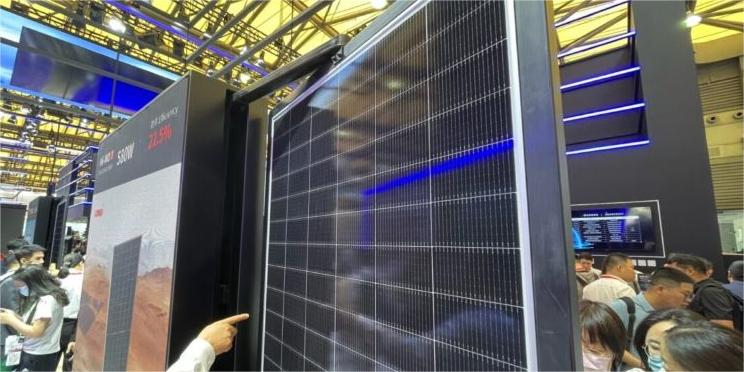
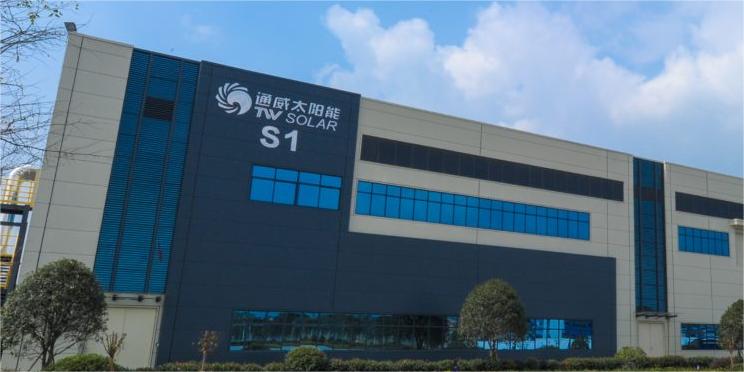
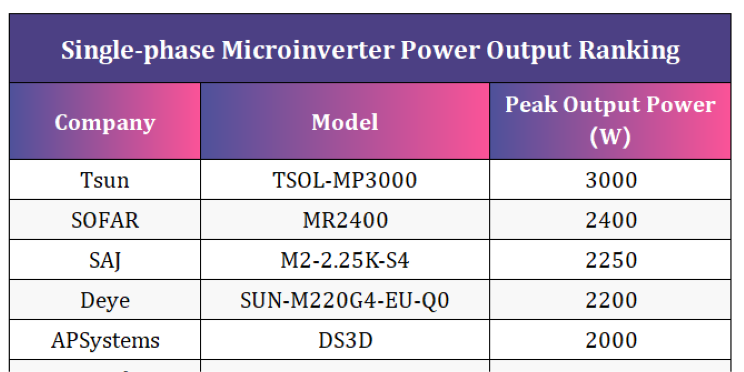
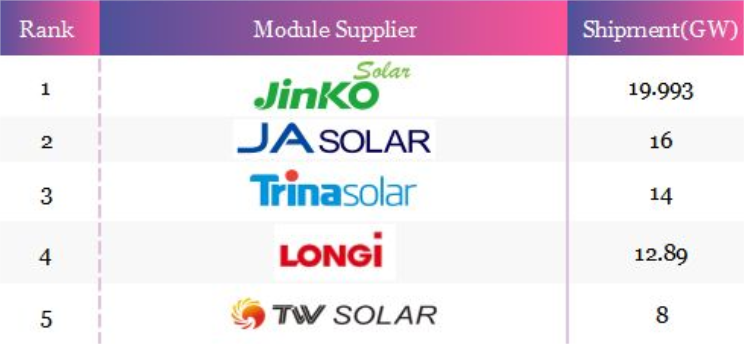
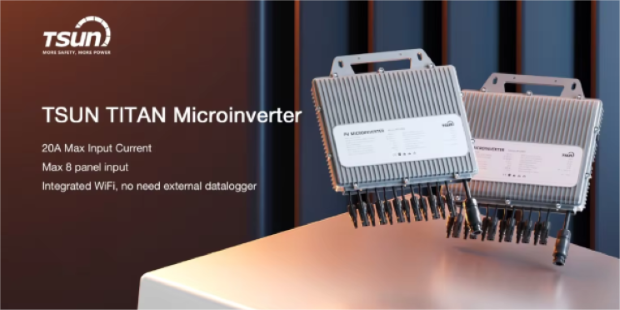
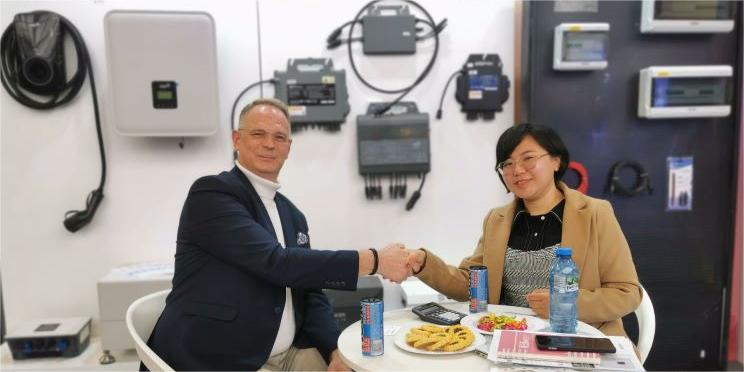
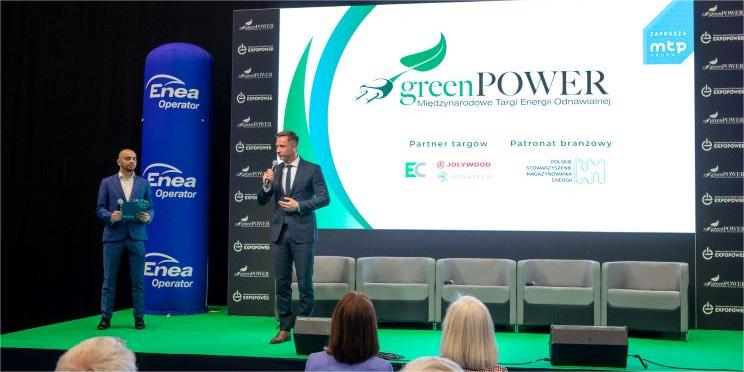
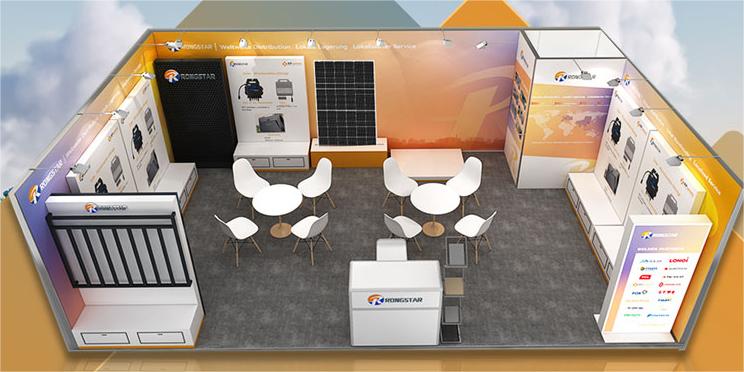
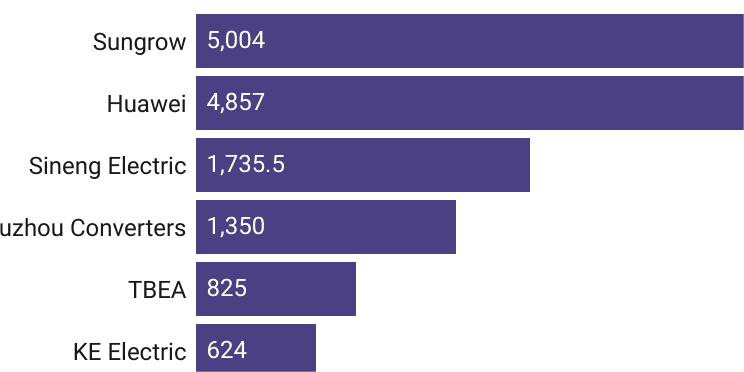
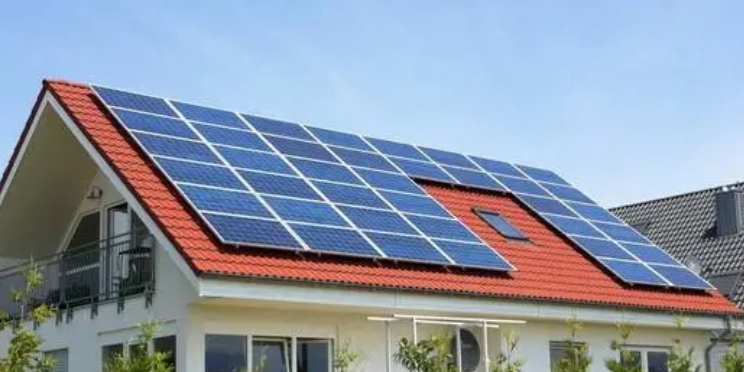
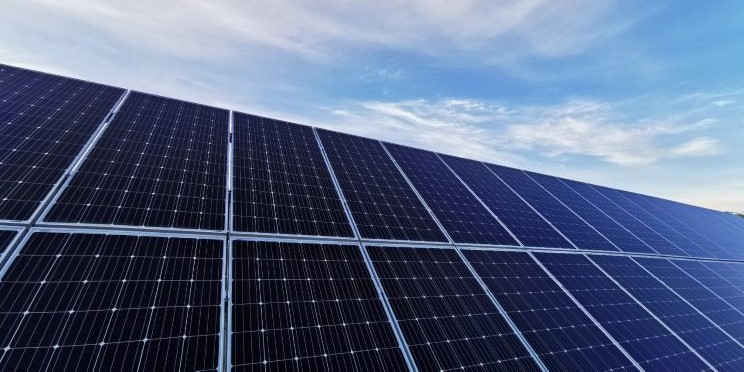





 IPv6 network supported
IPv6 network supported

